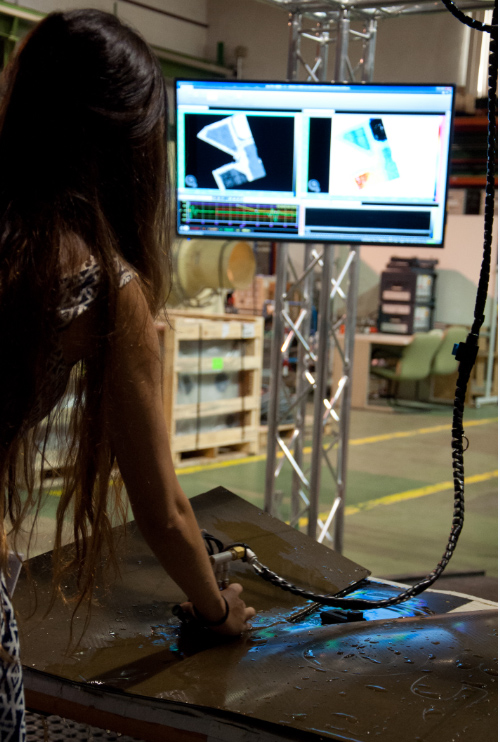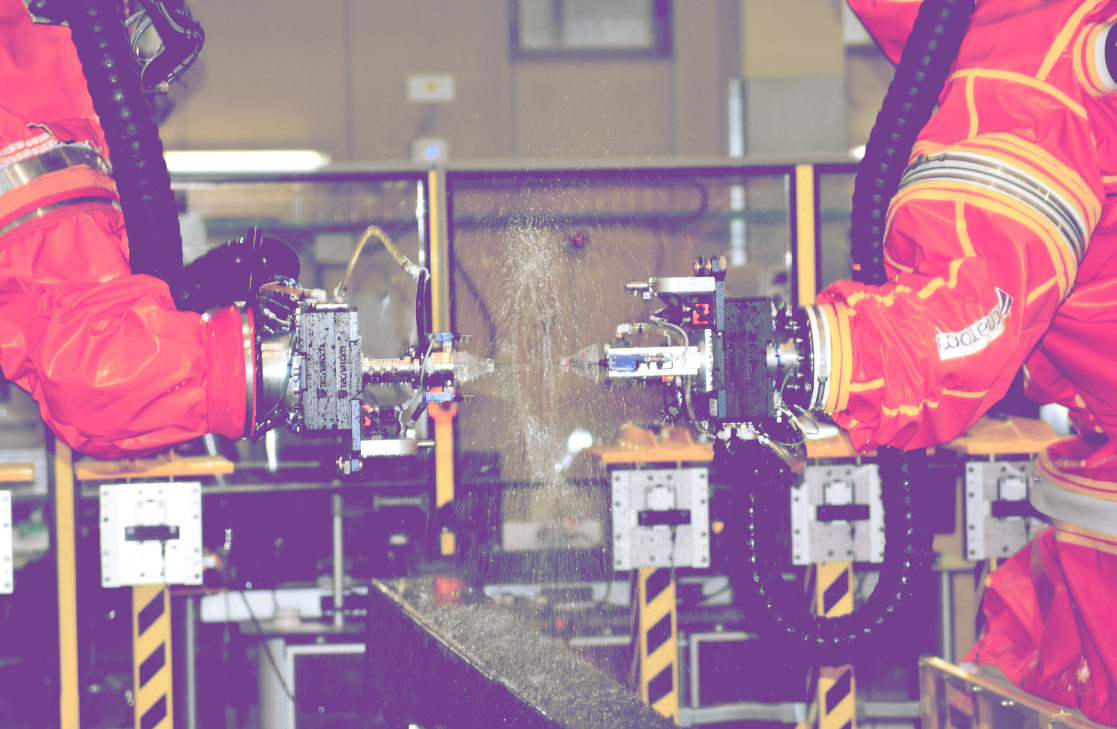What is an airworthiness inspection?
An airworthiness inspection, performed either during the manufacturing phase or in service, consists of analysing the different components of a commercial or military aircraft in order to determine that it is in good working order, as established in the directives set out by the competent official body.
Who determines the minimum standards of airworthiness?
In Europe, the European Aviation Safety Agency (EASA) mainly, determines the standards relating to the continued airworthiness of aircraft, aeronautical products, components and equipment and to the organisations and personnel that participate in these tasks, in order to ensure quality in aviation.
As in other industries, the aerospace sector requires the performance of inspections using NDT (Non-Destructive Testing) techniques to determine the structural status of its components, and it is very important that these inspections be taken into account in relation to aeronautical design, technology and architecture. It is for this reason that Tecnatom is present in different areas: engineering, inspection, innovation projects, equipment, consulting, training, etc., with a view to providing the best service for the client.

Who carries out airworthiness inspections?
In the case of NDT inspections, the work is carried out by an aeronautical technician duly certified in accordance with UNE EN ISO 4179 for the testing of the relevant structural component: frames, ribs, fuselage, rivets, wings, engines, horizontal tail plane (HTP) or vertical tail plane (VTP), etc.
One or several of the following NDT methods may be applied, depending on the characteristics of the component (material: carbon fibre, titanium, aluminium, geometry, accessibility, and the stage of the process: manufacturing (including teardown or service, etc.):
- Visual inspection (VT)
- Ultrasonics (UT)
- Eddy currents (ET)
- Penetrant liquids (PT)
- Others
Tecnatom performs this type of tests manually when the surface to be inspected is small or large and/or it has a complex geometry. Particularly noteworthy, for example, is the company’s experience of operation in Taurus or tecnaLus type robot-operated cells, immersion vats (the feeler, signal generator or probe is moved automatically) and Wiipa type automatic systems, as well as the operating experience of the inspectors in manual inspection.
Authors: Carlos Silvestre, Covadonga García







